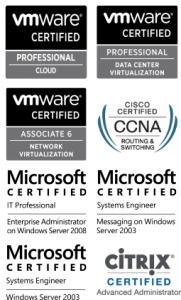Scenario
A quick fix for many issues with Citrix XenApp involves deleting (read: moving) the User Profile, and creating a new one by logging in again.
However, sometimes this creates another problem where custom settings are not saved between sessions, eg. SQL Server Management Studio will always display the “configuring the environment for first time use” message, and view options revert to default, every time you log in.
Solution
- Make sure you delete User Profiles correctly via Advanced system settings (DO NOT just delete from C:\Users):

- If there are still issues, check for and delete profiles ending with .bak in the registry (HKEY_LOCAL_MACHINE\SOFTWARE\Microsoft\Windows NT\CurrentVersion\ProfileList):

- Next time the user logs in, they shouldn’t get the “You have been logged on with a temporary profile” warnings, and custom settings should persist between sessions.



